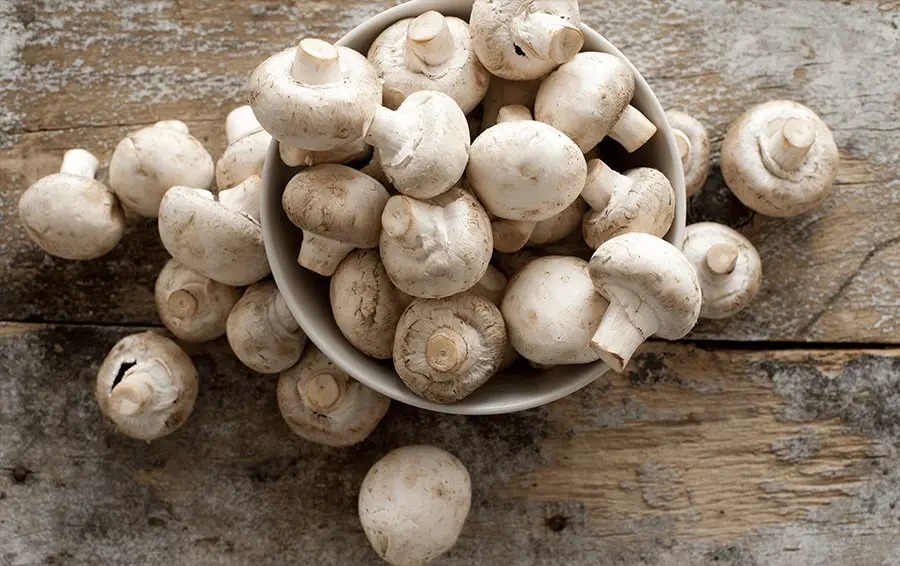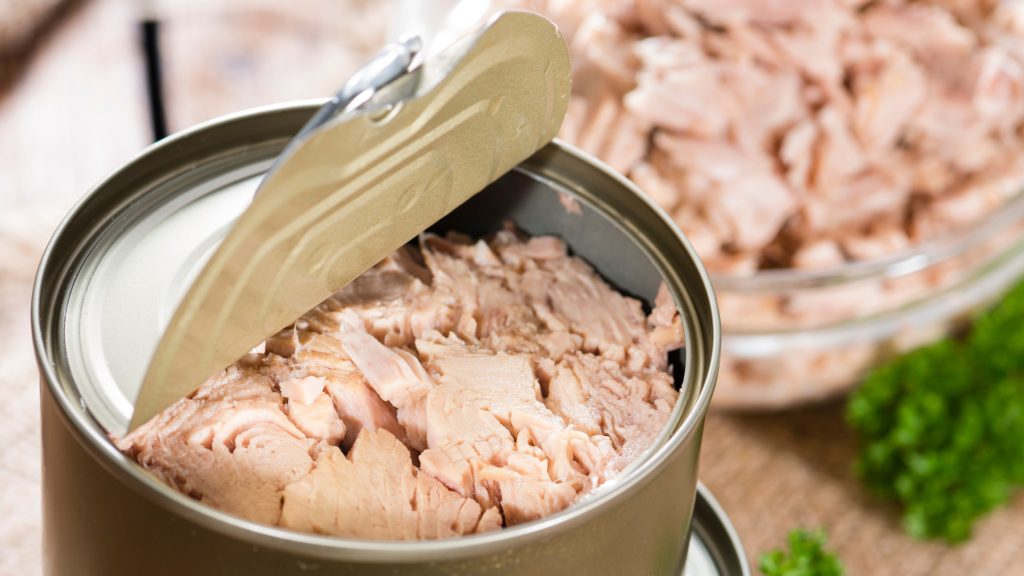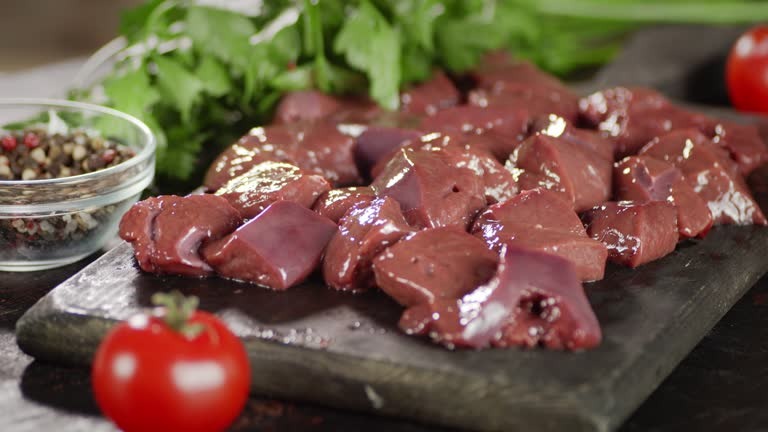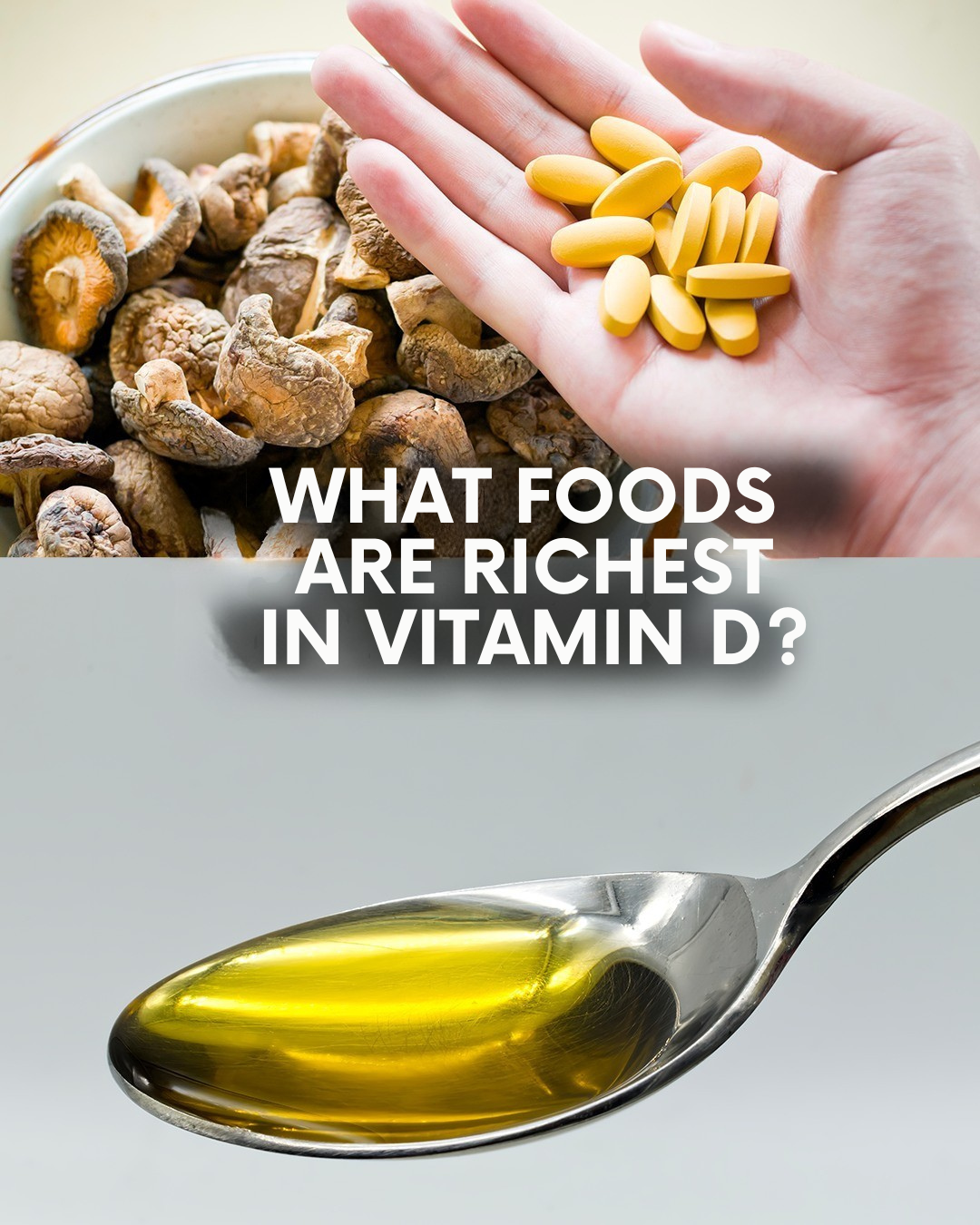4. Eggs (especially the yolk)
Eggs are versatile and widely available. Most of their vitamin D is found in the yolk, so if you’re cutting out yolks completely, you’re missing the benefit. Include whole eggs in your meals a few times a week.
5. UV-Exposed Mushrooms

Certain mushrooms, such as maitake, morels, or UV-treated white button mushrooms, can synthesize vitamin D when exposed to sunlight—just like our skin does. Though not animal-based, they can still contribute meaningfully to your intake.
6. Canned Tuna

An affordable and shelf-stable option, canned tuna offers a moderate amount of vitamin D. While it doesn’t match fresh fish in potency, it’s a convenient way to boost your levels.
7. Fortified Dairy & Plant-Based Alternatives
Many milk products, yogurts, and plant-based beverages (like soy, oat, or almond milk) are enriched with vitamin D. Always read the label to confirm the added amount, especially if you follow a vegetarian or vegan diet.
8. Organ Meats (Liver, Offal)

Though not everyone’s favorite, liver and similar organ meats naturally contain vitamin D along with other crucial nutrients like iron and vitamin A. They’re worth including occasionally if you can tolerate the taste.
Why Vitamin D Matters
Getting enough vitamin D is essential—not just for healthy bones, but for maintaining immune strength, energy levels, and muscle performance. While sunlight remains a key source, especially in spring and summer, a vitamin D-rich diet becomes crucial during shorter days or for people who spend most of their time indoors.
Whether you prefer fish, eggs, mushrooms, or fortified drinks, making a few intentional choices can help keep your vitamin D levels in a healthy range all year long.
4. Eggs (especially the yolk)
Eggs are versatile and widely available. Most of their vitamin D is found in the yolk, so if you’re cutting out yolks completely, you’re missing the benefit. Include whole eggs in your meals a few times a week.
5. UV-Exposed Mushrooms

Certain mushrooms, such as maitake, morels, or UV-treated white button mushrooms, can synthesize vitamin D when exposed to sunlight—just like our skin does. Though not animal-based, they can still contribute meaningfully to your intake.
6. Canned Tuna

An affordable and shelf-stable option, canned tuna offers a moderate amount of vitamin D. While it doesn’t match fresh fish in potency, it’s a convenient way to boost your levels.
7. Fortified Dairy & Plant-Based Alternatives
Many milk products, yogurts, and plant-based beverages (like soy, oat, or almond milk) are enriched with vitamin D. Always read the label to confirm the added amount, especially if you follow a vegetarian or vegan diet.
8. Organ Meats (Liver, Offal)

Though not everyone’s favorite, liver and similar organ meats naturally contain vitamin D along with other crucial nutrients like iron and vitamin A. They’re worth including occasionally if you can tolerate the taste.
Why Vitamin D Matters
Getting enough vitamin D is essential—not just for healthy bones, but for maintaining immune strength, energy levels, and muscle performance. While sunlight remains a key source, especially in spring and summer, a vitamin D-rich diet becomes crucial during shorter days or for people who spend most of their time indoors.
Whether you prefer fish, eggs, mushrooms, or fortified drinks, making a few intentional choices can help keep your vitamin D levels in a healthy range all year long.

